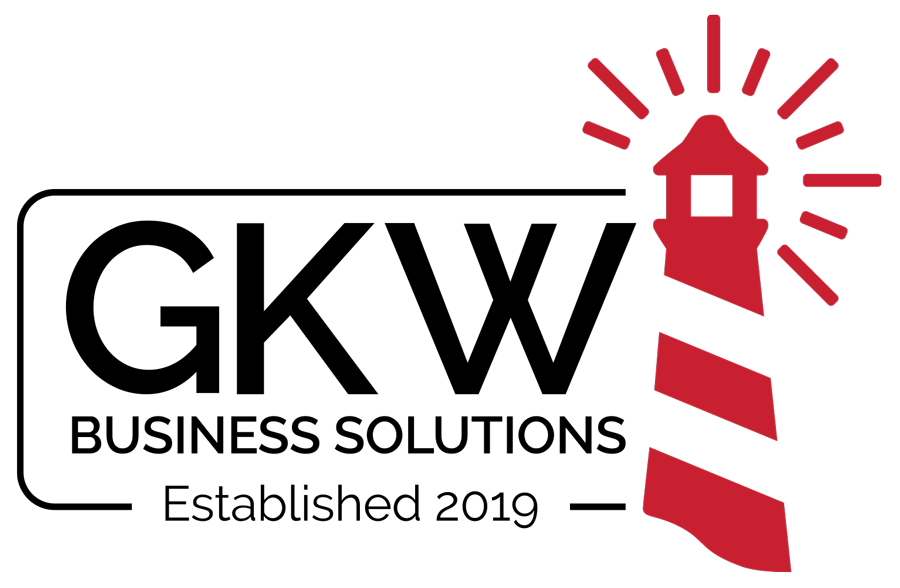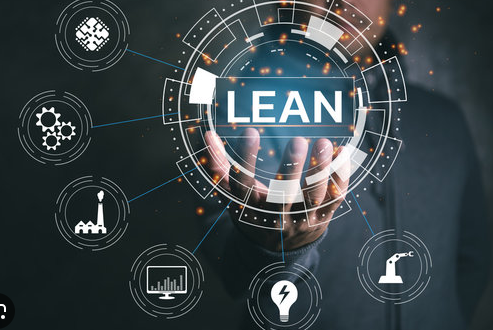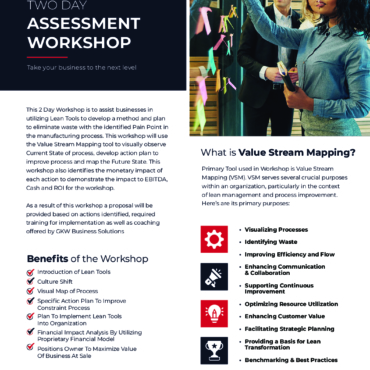I have been in manufacturing for over 40 years and have generated many 5 Year Business Plans along the way. From a Tactical Strategic position a 5 Year Lean Implementation Plan is “THE HOW” to drive efficiency in the process and ultimately to the EBITDA line on the Income Statement.
A 5-year plan to implement the Toyota Production System (TPS) would typically involve a phased approach, starting with foundational elements like 5S and continuous improvement culture (“Kaizen”), gradually moving towards Just-In-Time (JIT) production through Kanban systems, and finally focusing on optimizing processes and employee empowerment across the organization, with ongoing evaluation and refinement throughout the plan. [1, 2, 3, 4, 5, 6]
Year 1: Culture Building and Foundation Laying [2, 6, 7]
- Leadership Training: Educate leadership on TPS principles, philosophy, and “Respect for People” concept. [2, 6, 7]
- 5S Implementation: Begin with a comprehensive workplace organization campaign, focusing on “Seiri” (sort), “Seiton” (set in order), “Seiso” (shine), “Seiketsu” (standardize), and “Shitsuke” (sustain). [3, 8]
- Kaizen Workshops: Introduce the concept of continuous improvement, encouraging employees to identify and address small problems in their daily work. [2, 5, 6]
- Data Collection and Analysis: Establish metrics to measure current performance and identify areas for improvement. [2, 4, 6]
Year 2: Process Standardization and Streamlining [1, 4, 5]
- Value Stream Mapping: Analyze current workflows to identify waste and opportunities for optimization. [1, 4, 5]
- Work Standard Development: Set clear operational standards for each process, including cycle times and quality checks. [1, 4, 8]
- Visual Management: Utilize visual tools like Kanban boards to monitor production flow and inventory levels. [1, 5, 9]
- Quick Changeover (SMED): Reduce machine setup times to enable flexible production runs. [1, 5]
Year 3: Implementing Just-In-Time (JIT) Production [1, 5, 9]
- Kanban System Deployment: Gradually introduce Kanban cards to signal production needs based on actual demand, minimizing excess inventory. [1, 5, 9]
- Production Smoothing: Level production schedules to ensure consistent workflow and minimize fluctuations. [1, 5, 10]
- Supplier Collaboration: Engage with suppliers to ensure timely delivery of materials with required quality. [5, 10]
- Poke-Yoke Error Prevention: Implement mechanisms to prevent mistakes and defects at the source. [4, 5]
Year 4: Advanced Process Improvement and Employee Engagement [2, 6, 7]
- Cross-functional Teams: Create teams with diverse skillsets to tackle complex process improvement projects. [2, 6, 7]
- Kaizen Events: Conduct focused improvement activities on critical processes, involving frontline employees. [2, 5, 6]
- Jidoka (Autonomation): Implement mechanisms to automatically stop production when defects occur, promoting quality control. [4, 5]
- Employee Training and Development: Provide ongoing training on Lean principles and problem-solving techniques. [2, 6, 7]
Year 5: Continuous Improvement and Sustainability [2, 4, 6]
- Performance Monitoring and Analysis: Regularly review key performance indicators (KPIs) to identify areas for further improvement. [2, 4, 6]
- Cultural Embedding: Foster a culture of continuous improvement where employees actively seek out opportunities to optimize processes. [2, 5, 6]
- Innovation and Technology Adoption: Explore new technologies and methodologies to further enhance efficiency and productivity. [2, 6, 7]
Important Considerations: [2, 6, 7]
- Top Management Commitment: Strong leadership support is crucial for successful TPS implementation. [2, 6, 7]
- Phased Approach: Implement changes gradually to avoid disruption and ensure proper adaptation. [1, 5]
- Communication and Training: Ensure employees understand the purpose and benefits of TPS through clear communication and training programs. [2, 6, 7]
- Flexibility: Adapt TPS principles to fit the specific needs and context of your organization. [2, 6, 7]
[2] https://businessmap.io/lean-management/improvement/what-is-kaizen
[3] https://www.toyotacf.com/how-does-toyotas-5s-process-improve-any-system/
[4] https://vizologi.com/four-rules-of-toyotas-car-building-secrets/
[5] https://www.kpifire.com/blog/unveiling-the-secrets-of-the-toyota-production-system/
[6] https://www.linkedin.com/advice/0/what-key-principles-toyota-production-system-ppowc
[7] https://vizologi.com/learn-ps-that-make-toyota-cars-great/
[8] https://www.toyotaforklift.com/resource-library/blog/toyota-solutions/toyota-lean-management-and-5s
[9] https://www.linkedin.com/pulse/toyota-production-system-paradigm-operational-lean-coach–copre
[10] https://global.toyota/en/company/vision-and-philosophy/production-system/
Contact GKW Business Solutions on help in developing your 5 Year Plan.




